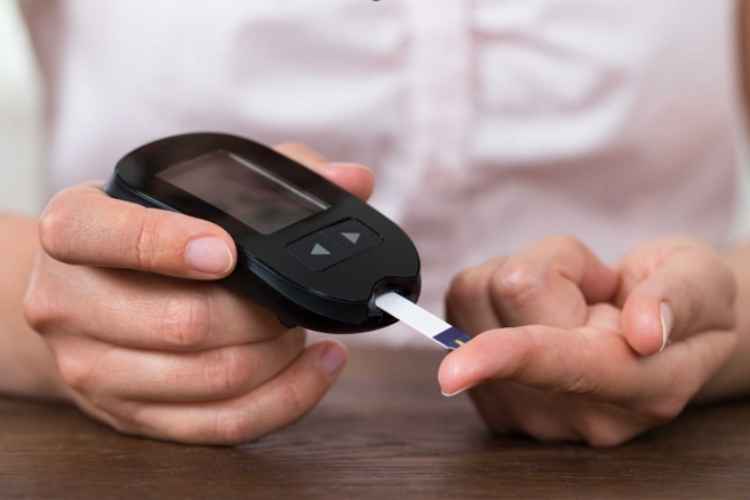Blood glucose monitoring is an imperative aspect of analysing, managing and controlling diabetes. Knowing your levels at any given time can alert you when your level has risen or fallen outside of the target area, and can even help prevent emergency situations.
What’s more, using blood glucose monitors will help you record your levels over time, giving your doctor a clear indication of what to eat, how to exercise and what medications will affect your levels.
Thanks to medical advancements, you can test your levels pretty much wherever you are and at whatever time. This is done using an at-home kit, allowing you to test your levels within the space of a couple of minutes.
Here are six tips to getting your reading right every time:
1.Keep your supplies & metre handy at all times
Be sure to have ready your alcohol swabs, testing strips, lancets and whatever else is necessary to take a reading.
2.Continue tracking your testing strips
Ensure these strips aren’t expired, as these often return incorrect results. Inaccurate results and old strips will likely affect your daily reading log, and your doctor may start to think there is a problem when everything is really tracking along normally.
What’s more, be sure to keep the strips dry and out of sunlight, keeping them cool or at room temperature but not freezing.
3.Establish a routine for regular readings
Plan a routine with the help of your doctor. They may suggest checking it before or after meals, before bedtime or while you’re fasting. Each patient has different requirements, so it is important to develop a specific plan that works for you.
When you’ve created that schedule, be sure to check your readings on a daily basis. Many blood glucose monitors contain alarms that will remind you to take a reading, and you’ll remember to do it the more time goes on.
4.Your instrument may not be correct
Typical metres come with a control solution that provides you the option to see how accurate are your strips and metre. What’s more, feel free to take your metre to your doctor, comparing your results with those of their in-house machine to see if they really are accurate.
5.Journal your results each time you take a reading
There are also a range of awesome apps that allow you to track this information and keep a daily log of your levels. You might also like to record the time of day when you’re taking readings as well as the last time you had some food. This information is imperative for helping your doctor know what might be spiking your levels and whether you need to make some immediate dietary changes.
6.Practice safe injection strategies
As with other medical processes involving injections, you are at risk of infection, so it’s important to follow safe injection practices when taking a reading. Naturally, this means not sharing your equipment with anyone else, as well as being careful to clean and dry your finger after taking a reading so that you don’t run the risk of spreading blood in your area. These are six tips to help ensure you get the most accurate and safest readings possible. Taking readings can be a nuisance at first, but they are important to ensuring your lasting health over time, with the aim of making it a normal part of your daily routine in the near future.


